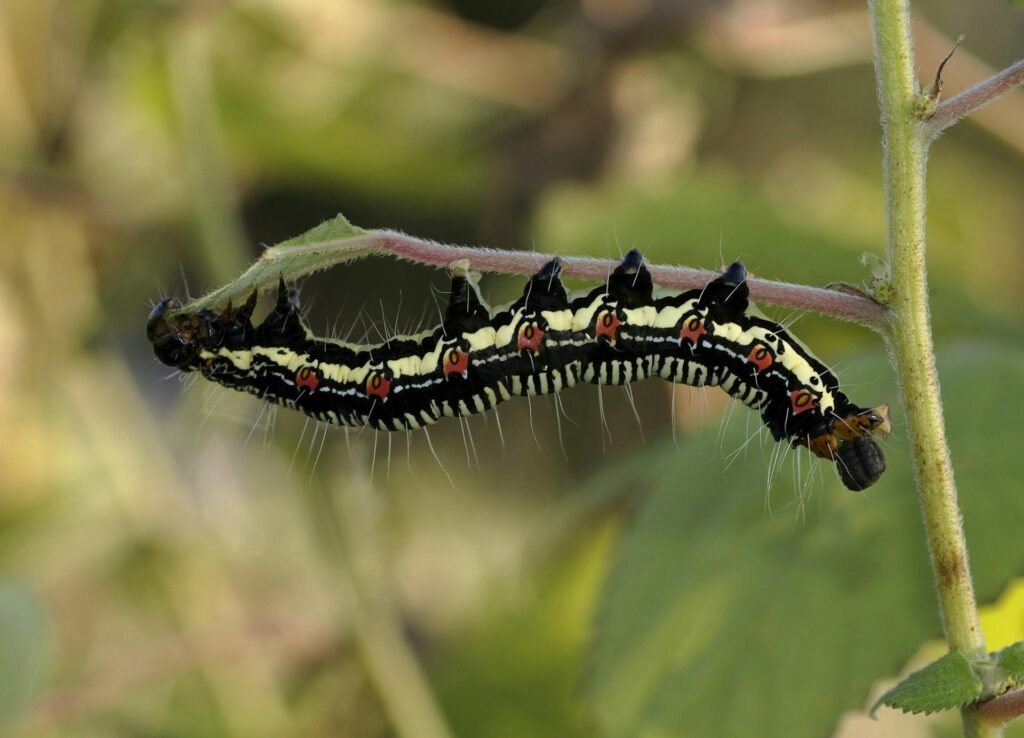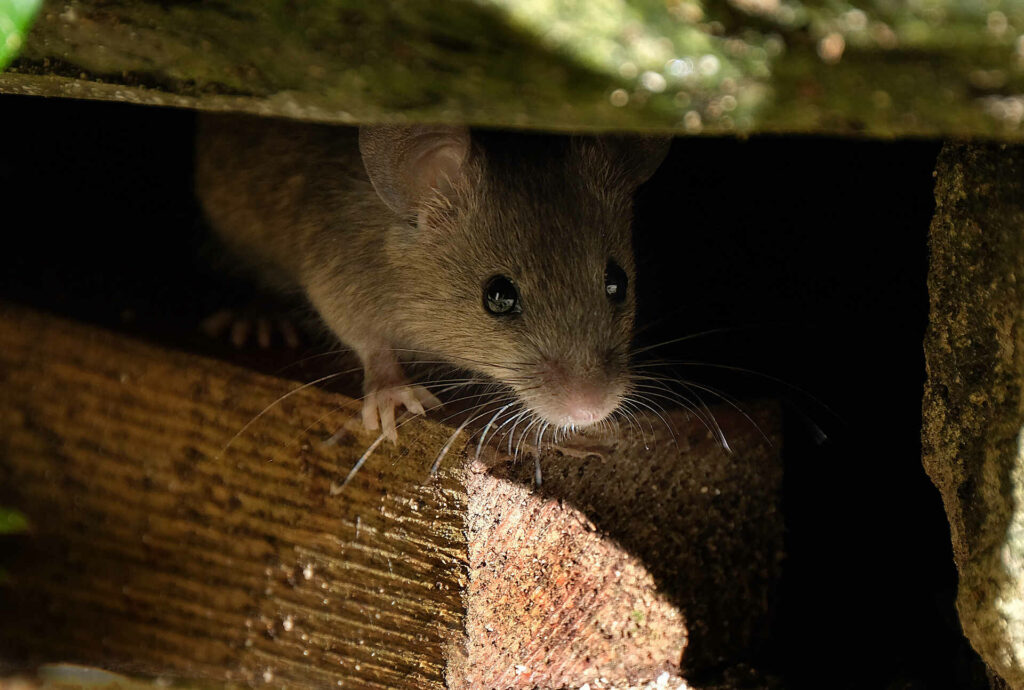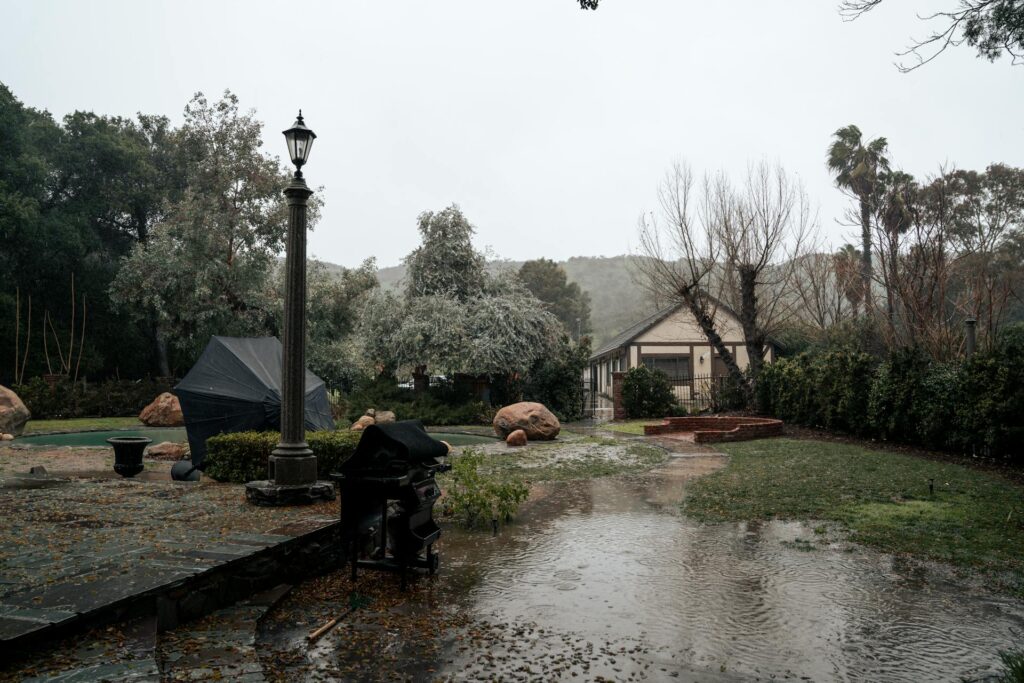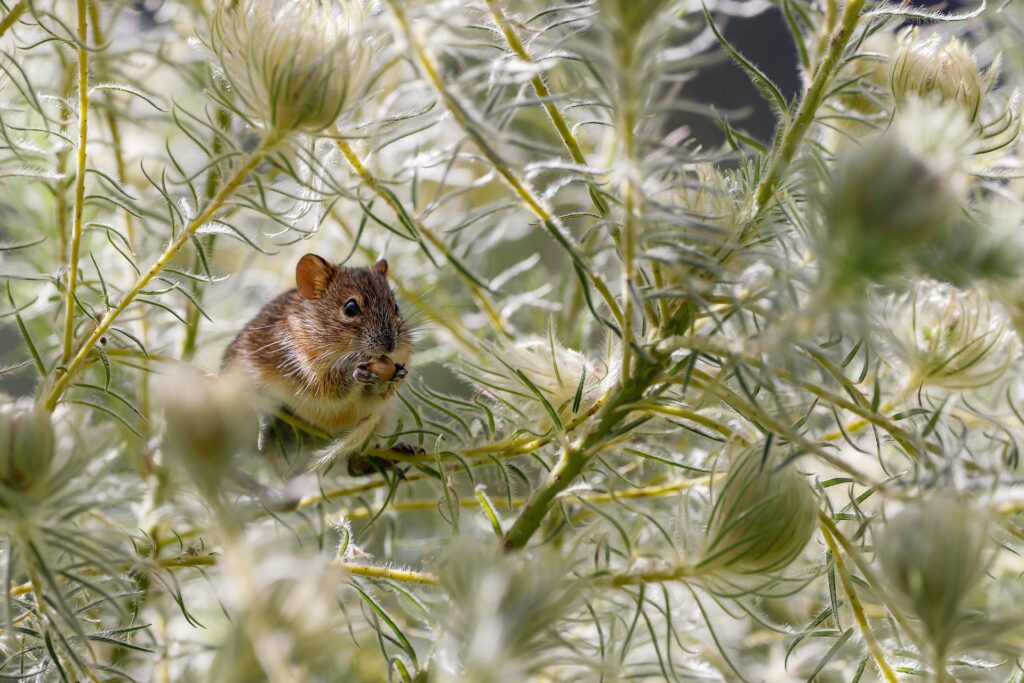Do you want to become a pest control technician? As great as this path of work is, it’s not always an ideal fit. This article shares who should pursue this career, what it takes to become certified, how much a technician makes, and more. Keep reading to learn more – you might have just stumbled across your dream career!
Is a Pest Control Technician Job a Good Fit?
Some people love their time in pest control, while others can’t stand it. To ensure you’d be a good fit and avoid a time-wasting experience, you need to first make sure you’re not scared of insects, rodents, or other pests. You also should be able to work both alone and in a team. Overall, you will likely be a good fit if you want to help protect people and their property against pests.
A good memory is a plus since you’ll be expected to remember the various types of bugs and their qualities. For example, you will likely be expected to identify baby cockroaches or even something more intricate like blue mud dauber wasps. It will be much easier if you can remember this type of knowledge.
What Pest Control Technicians Do
Another way to figure out if the job is right for you is to examine what technicians do on a daily basis. Typically, the job involves driving to clients homes and inspecting their buildings. The technician will determine if treatment is needed, what kind of treatment would be best, and how much it will cost the client. Then, they treat infested areas with pesticides, traps, or extreme heat.
How Much Do Pest Control Technicians Make?
On a yearly basis, a technician can make anywhere from $25,000 to about $46,000 per year. Your wage will depend on the state you live in.
Dangerous of Becoming a Pest Technician
While you might imagine the job will be dangerous because you will be dealing with toxic pesticides, this won’t be the case as long as you are properly trained by your employer.
How to Become a Pest Control Specialist
Education (High School Diploma or GED)
You don’t need to have a 4-year degree or even an associate degree to pursue a pest-related position. However, your pest control technician resume typically requires a high school diploma or GED. The most important schooling for this position involves a training program that we share more about below.
Clean Driving Record and Background
Since technicians often drive around the city to treat clients in employer cars, many companies require a good driving record. Additionally, employers will require a background check to ensure you don’t have any past convictions.
Training Programs
Every pest control technician is required to go through a training program through a community college, technical center, university extension program, or special pest control training center. Before you join one, you need to make sure it’s recognized by your state pesticide regulatory board. This will involve basis classroom training that will prepare you for an entry-level job, then further knowledge will be gained on the job. There are also additional certifications you can receive (plus, some employers provide raises when you receive additional training).
On a side note, some employers will hire you before you’ve completed this training program and pay to put you through it (like Aptive Pest Control). This is a great way to get free training and ensure you will be able to put your knowledge to use right once you’re finished.
On-the-Job Training
Once you’ve become certified after the classroom training program, you can look for a job and begin training. Each employer is different, but training typically lasts about 3 months. After this, you can finally go out and independently treat clients for their pest problems.
Now that you know what it takes to become a pest control technician, check out opportunities at Aptive Pest Control. Not only do we pay for training and certification, we offer sales commission in addition to regular pay! We have offices all over the United States and are committed to keeping homes protected from pests.








